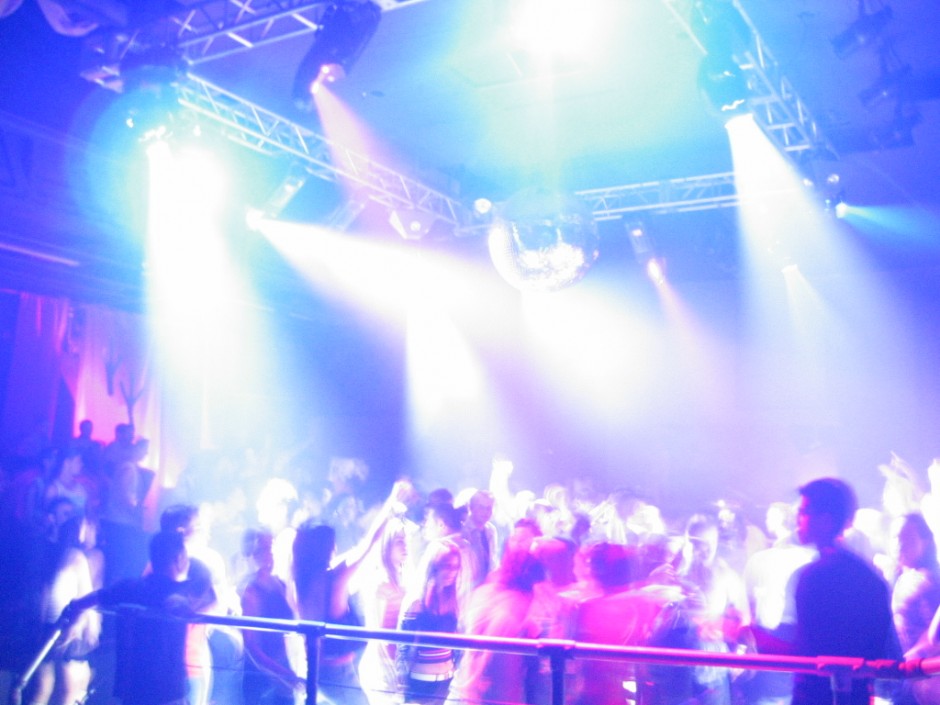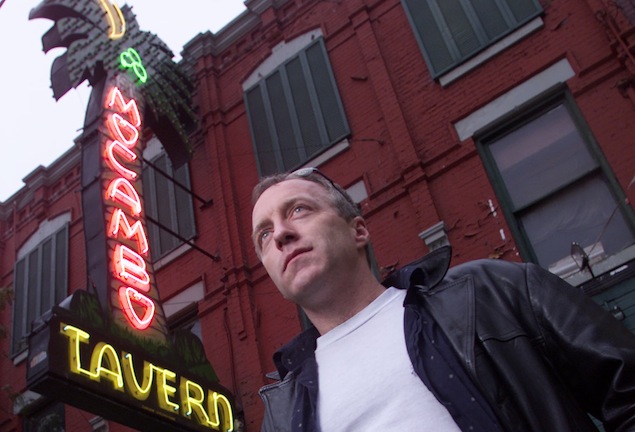On the dancefloor at Boa Redux. Photo courtesy of Carey Britt.
Article originally published June 10, 2013 by The Grid online (thegridto.com).
In the 1990s, Boa Café was one the city’s busiest late night hangouts; in the mid-2000s, its second incarnation –a much larger, full-blown dance club– was hailed as the best-sounding. But with high expenses and no liquor licence, the party couldn’t last for long.
BY: DENISE BENSON
Club: Boa Redux, 270 Spadina Ave.
Years in operation: 2003–2005
History: In an earlier edition of Then & Now, we explored the story of Rony Hitti’s 1990s Yorkville hotspot, Boa Café. By the time Hitti closed the Café in 1998, he owned a number of other fine-dining establishments, including Brasserie Zola and Winston’s. A few years later, he closed the book on his life as a restaurateur, keen instead to open a large underground dance club, which had been a dream for decades. Hitti would soon bring Boa’s name to a new generation by creating an after-hours venue of a much different nature than its predecessor.
“Boa Redux came out of my desire to have a house club in Toronto similar to Montreal’s Stereo,” he begins.
Hitti spent two years searching for the right location. A real-estate agent took him to 270 Spadina Ave., former home of a rundown porn theatre. At 16,000 square feet, with soaring ceilings and multiple levels, the space had great potential.
A big staircase dominated the room, its large steps each allowing a view of the entire area. A separate lounge space would be built on the lowest level, also to serve as the club’s entrance. There was an existing stage, later to be utilized both for dancing and late-night performances. In total, Boa would have a legal capacity of more than 1,300 people, an ideal size for a club purpose-built to feature some of the globe’s top underground DJs in a city that continued to have a thriving late-night scene in its post-rave years.



